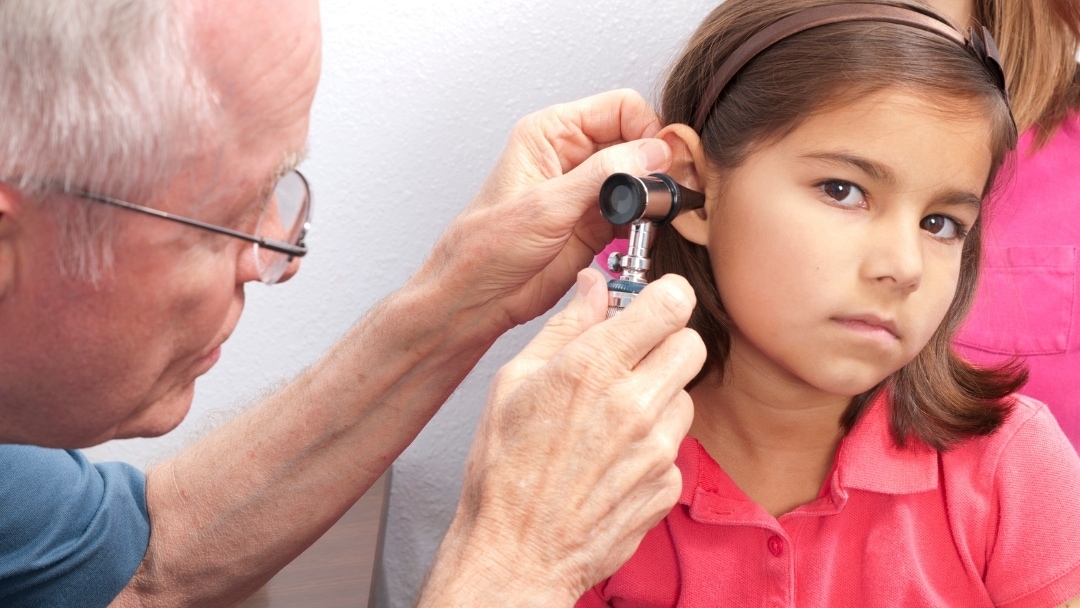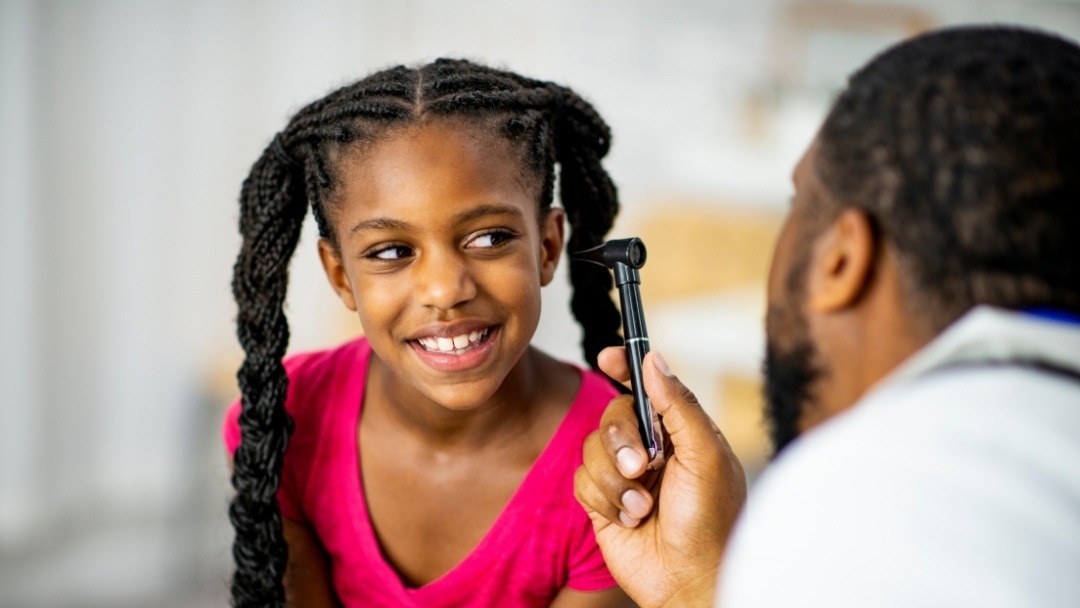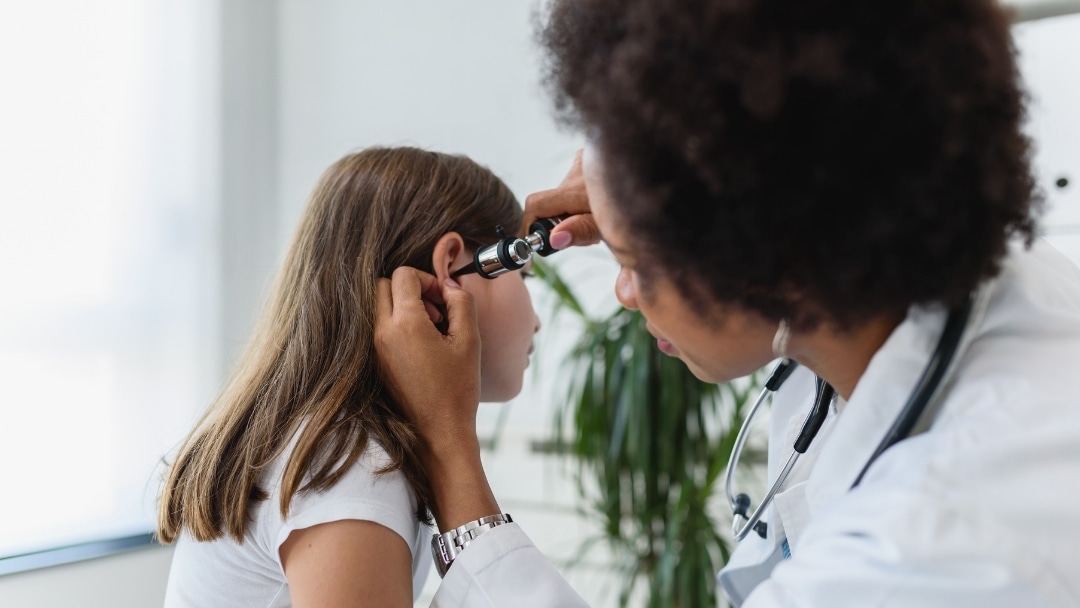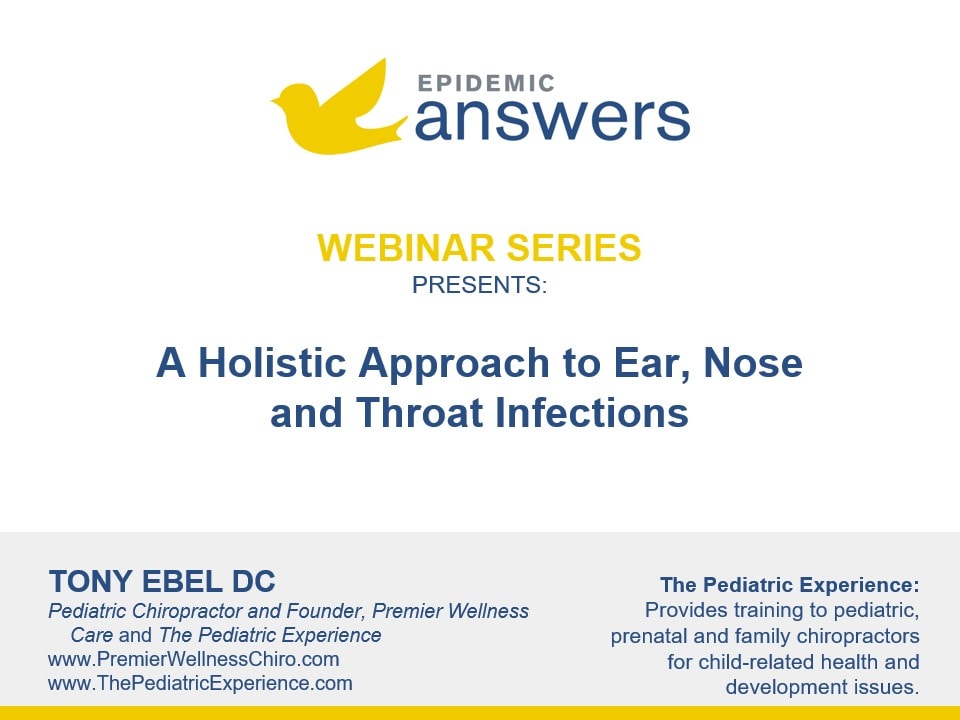What Are Nose, Throat and Ear Infections?
Nose, throat and ear infections are very common today, especially within the first couple of years of life. Infections can occur in the middle ear, tonsils, adenoids, sinuses, or other parts of these small, moist areas. Doctors who treat these infections are ear, nose and throat doctors, or simply, ENTs.
More children suffer from upper respiratory infections than ever before. Some diagnoses familiar to many parents are:
- Otitis media
- Conjunctivitis
- Allergies
- Rhinitis
- Hay fever
- Sinusitis
- Strep throat
Some specialists believe that chronic nose, throat and ear infections, and using antibiotics to treat them, may lead to developmental delays, ADHD and/or autism.
What Your Doctor May Tell You About Nose, Throat and Ear Infections
Pediatric ENTs usually diagnose infections in the ears, nose and throat with conventional tools such as swabs, x-rays, lab tests, CT scans, and by taking a medical history. Standard, conventional treatment protocols usually include medications, such as antibiotics, to treat the infections, surgery to remove infected tissues or place ear tubes, or even both medications and surgery.
If infections are chronic, doctors often prescribe prophylactic or long term usage of antibiotics, sometimes accompanied by the insertion of ear tubes in a procedure called a tympanostomy. These tubes are believed to reduce recurrent ear infections by draining persistent fluid in the middle-ear cavity, which causes the mucous membrane to become inflamed, making it very susceptible to an infection by whatever bacteria are lurking in the nose and throat. An estimated 700,000 ear tubes are inserted into children’s ears in the United States each year to prevent ear infections.
Parents are usually advised to see a physician immediately to start a treatment protocol as soon as possible to avoid further aggravated problems.
Another Way to Think About Infections of the Ears, Nose and Throat
Common childhood infections of the ears, nose and throat could be symptoms of underlying immune dysfunction often related to food and environmental allergies, nutritional deficiencies or other underlying imbalances. Chronic upper respiratory infections may also be allergy-related.
Children with immune system issues and allergies often have other symptoms such as:
- Red ears
- Dark circles under the eyes
- Skin rashes
- Hyperactivity
- Delayed development
Doris Rapp, MD found that treating the underlying issues involving the immune system allows the body to heal itself naturally, and without unnecessary side effects from invasive treatments. Her book, Is This Your Child?, is a must-read for any parent interested in alternatives to medication and surgery.
The Role of Food Allergies
In a classic 1994 study, another allergist Talal Nsouli, MD at Georgetown University School of Medicine noticed that many of the children he treated for food allergies also had chronic ear infections or hearing loss. He began to wonder: Could allergies be causing their ear problems?
Intrigued, Nsouli and his colleagues gave three standard allergy tests to children aged 18 months to nine years to check for sensitivities to foods, including milk, wheat, eggs, and peanuts. All had had either a three-month bout with otitis media (inflammation of the middle ear) or had repeated episodes over a period of five months. In his sample of 104 children, 81 children showed allergies, most of them to milk or wheat.
For the next four months, offending foods were eliminated from their diets. Seventy got better. When the foods were then added back, and within four months, 66 children got ear infections again–strong evidence that allergies and ear infections are linked. Nsouli suggests that parents whose children have persistent ear infections ask their pediatricians about allergy testing.
Ear, Nose and Throat Healing Checklist
Use homeopathy specific for:
Ear infections:
- Apis mellifica
- Belladonna
- Pulsatilla
Eye infections:
- Hepar sulphur
Throat infections
- Mercurius vivus
- Mercurius solubilis
Consider using Schueller’s cell tissue salts which can be effective as well.
Use ozone therapy:
Ozone (through the ears) can help effectively heal bacteria in upper respiratory infections.
Still Looking for Answers?
Visit the Epidemic Answers Practitioner Directory to find a practitioner near you.
Join us inside our online membership community for parents, Healing Together, where you’ll find even more healing resources, expert guidance, and a community to support you every step of your child’s healing journey.
Sources & References
Adams, J.D., et al. Otitis Media and Related Complications Among Children with Autism Spectrum Disorders. J Autism Dev Disord. 2016 May;46(5):1636-42.
Bell, I.R., et al. Homeopathic medications as clinical alternatives for symptomatic care of acute otitis media and upper respiratory infections in children. Global Adv Health Med. 2013 Jan;2(1):32-43.
Frieri, M. Asthma linked with rhinosinusitis: An extensive review. Allergy Rhinol (Providence). 2014;5(1):41-9.
Jacobs, J., et al. Homeopathic treatment of acute otitis media in children: a preliminary randomized placebo-controlled trial. Pediatric Infect Dis J. 2001 Feb;20(2):177-83.
Juntti, H., et al. Cow’s milk allergy is associated with recurrent otitis media during childhood. Acta Otolaryngol. 1999;119:867–873.
Konstantareas, M.M., et al. Ear infections in autistic and normal children. Journal of Autism and Developmental Disorders. 1987 Dec;17(4):585-94.
Nsouli, T.M., et al. The role of food allergy in serious otitis media. Ann Allergy. 1994 Sep; 66:91.
Ramakrishnan, J.B.. The role of food allergy in otolaryngology disorders. Curr Opin Otolaryngol Head Neck Surg. 2010;18:195–199.
Taylor, J.A., et al. Homeopathic Ear Drops as an Adjunct in Reducing Antibiotic Usage in Children With Acute Otitis Media. Global Pediatr Health. 2014 Nov 21;1:2333794X14559395.
Zemotti, E.M., et al. Otitis media with effusion and atopy: is there a causal relationship? World Allergy Organ J. 2017; 10(1): 37.
Resources
Books
Neustaedter, Randall. The Holistic Baby Guide: Alternative Care for Common Health Problems. New Harbinger Publications, 2010.
Schmidt, Michael. Healing Childhood Ear Infections. 1996.




